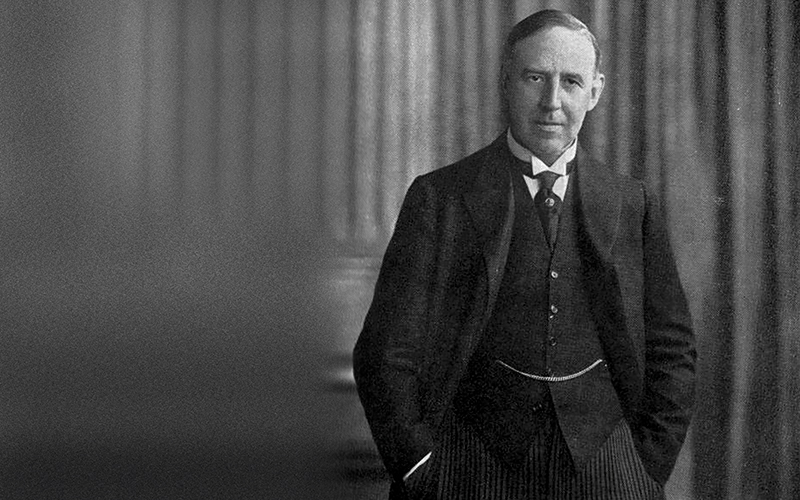This is the ninth in a series of short biographies of persons whose names are directly used for diseases, conditions or syndromes familiar to those in clinical pathology laboratories.

Wilson’s disease (WD) is a rare but serious autosomal recessive disorder of copper metabolism with excessive copper accumulation in the liver, brain and other tissues, which is often fatal if not identified and treated promptly. Wilson described the condition in 1912 as “progressive lenticular degeneration associated with cirrhosis of the liver”.
“Wilson was reputed to be an outstanding lecturer, a lucid and fluent speaker on the intricate details of neurology”
Wilson’s life and works
Samuel Alexander Kinnier Wilson (1878–1937) was born in Cedarville, New Jersey, the only son of the Rev James Kinnier Wilson and his wife Agnes Hateley. In 1879 his father died and the family moved to Edinburgh. He was educated at George Watson’s College, excelled in Latin and Greek and was able to pay for his entry to the University of Edinburgh Medical School by teaching these subjects. He qualified in medicine in 1902 and was a House Physician at the Royal Edinburgh Infirmary, working for Sir Byrom Branwell, where he gained a lifelong interest in neurology. The following year he obtained a BSc in physiology and won a Carnegie research fellowship to work with the noted neurologists Pierre Marie and Joseph Babinski at the Bicetre Hospital, Paris, which was followed by a short visit to Leipzig. In 1904 he returned to London and was appointed House Physician at the National Hospital for Nervous Diseases, Queen Square. A year later he was appointed Registrar and Pathologist, and then an Honorary Physician. In 1908 Wilson published A contribution to the study of apraxia and later an excellent monograph on aphasia. Wilson spent most of his professional career at Queen’s Square working with leading neurologists, such as William Gowers, Henry Bastian and Victor Horsley. He was much influenced by John Hughlings Jackson. From 1912 to 1919 he was Assistant Physician at the Westminster Hospital but with a grant from the British Medical Association began research of the effect of lesions on the lenticular nucleus in monkeys. In 1920 he founded the Journal of Neurology & Psychopathology and was its first Editor, a post he held to the end of his life.
Please click here to read the full article.
Image credit | Alamy | Aphasia |Science-Photo-Library |Shutterstock
